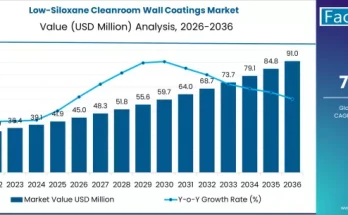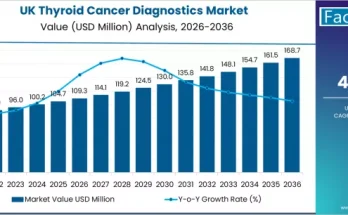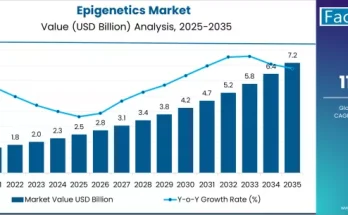According to the latest published industry report by Fact.MR, a market research and competitive intelligence provider, the global bone cement & glue market is valued at US$ 1.3 billion in 2023.
Materials such as bone cement and glue are used to repair broken or diseased bones or joints. These devices come in a variety of sizes and forms and are made of materials such as metal, plastic, or ceramic. While bone glue is used to mend joints, bone cement is primarily utilized to treat fractures.
To support and stabilize the bone, bone cement is injected into it; nevertheless, to hold the bone together, bone glue is put to the surface of the bone. The value of bone glue and cement resides in their capacity to strengthen and stabilize broken bones or unstable joints.
Bone tissue degradation and low bone density are symptoms of osteoporosis. Patients with osteoporosis are more likely to suffer fractures. Osteoporosis increases the chances of fractures and joint surgeries. Due to the high incidence of osteoporosis, bone cement sales and demand are rising, which is promoting the evolution of the market.
Demand for arthroplasty is expanding significantly due to an increase in osteotomy surgical procedures conducted for joint treatment and the growing need for bone glue as a therapeutic addition in musculoskeletal tissue suture repair.
Key Takeaways from Market Study
- The global bone cement & glue market is predicted to reach US$ 2.2 billion by 2032.
- Market in Germany is anticipated to progress at a CAGR of 4% through 2032.
- Market in Canada is forecasted to expand at a CAGR of 4.5% over the forecast period (2022-2032).
- Demand for bone glue is estimated to rise at a CAGR of 3.5% from 2022 to 2032.
“Growing initiatives by government and non-profit organizations for highly advanced healthcare systems, huge demand for minimally-invasive surgical methods, and rapid adoption of bone cement for spinal bone regeneration are factors fostering market growth,” says a Fact.MR analyst
Winning Strategy
Top companies are focusing on new product innovations to improve their production capabilities. Leading players are forming partnerships to diversify end-use portfolios and boost market share. To introduce high-end products and acquire a competitive edge in the market, key manufacturers are investing in research and development projects.
For instance,
- In 2021, OrthoSensor, Inc., which focuses on the digital transformation of orthopaedic treatment, was acquired by Stryker Corporation. OrthoSensor, Inc. is a pioneer in sensor technology for total joint replacement and the digital progression of musculoskeletal treatment.


